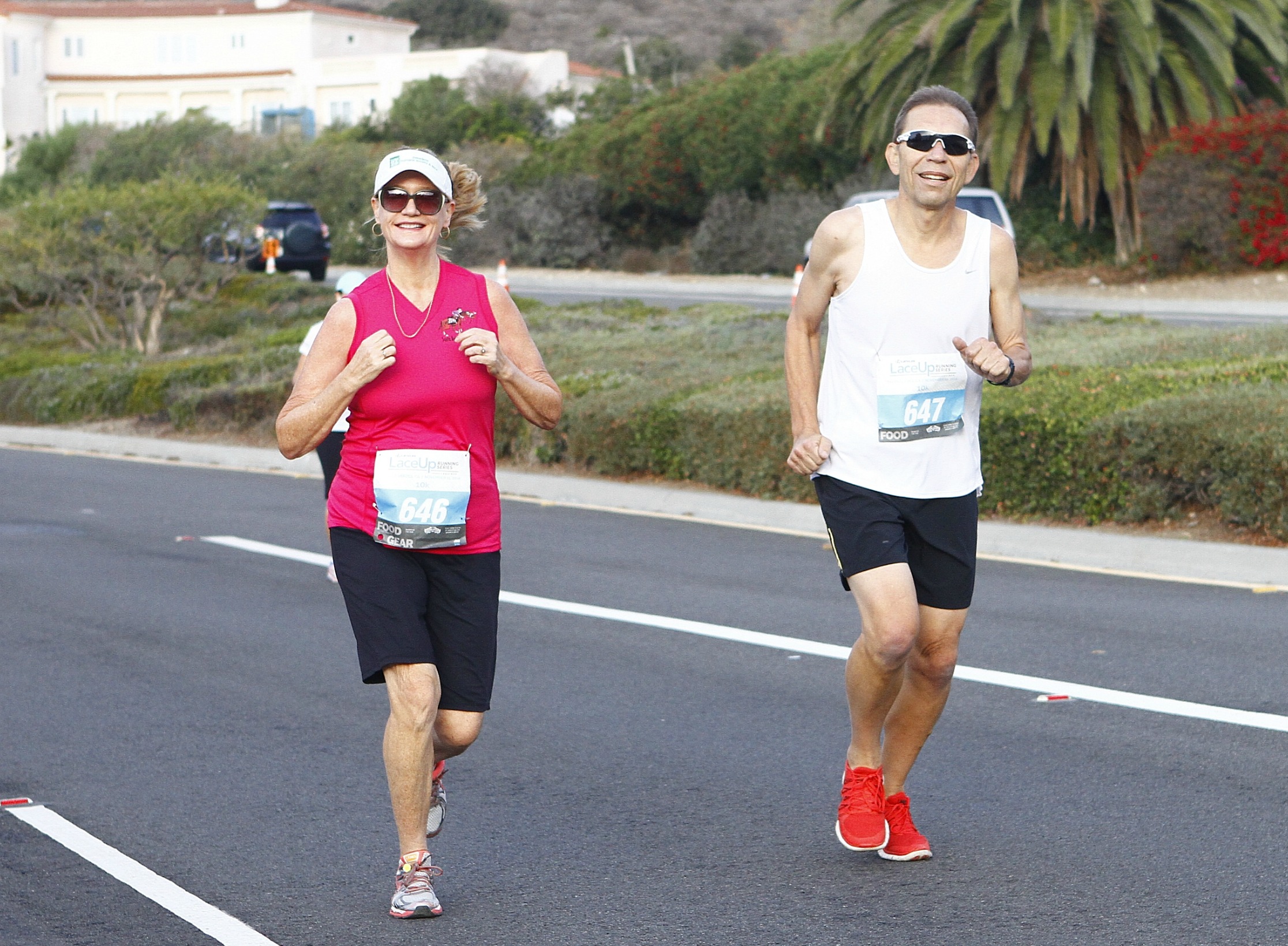Steve Chaffee loves to exercise. A former marathon runner, the Sierra Madre resident continued to run every day as he grew older, entering 10K runs and maintaining a steady weightlifting routine. A couple of years ago, he noticed he could no longer run as long. Alarmed, he met with his doctor and soon learned he was a candidate for a new kind of pacemaker.
“They put a heart monitor on me, and said, ‘Bad news,’” said Chaffee, 58, the director of finance for a specialty chemical manufacturing company in Pasadena. “They discovered I had atrial fibrillation, and that my heart was stopping for five seconds at a time. It was shocking. I’ve always been so healthy. I said, ‘Pacemakers are for older, sedentary people — not for me!’”
He knew people who had pacemakers. Their devices were visible through clothing. At the beach, he’d never be able to hide it. Then he was referred to Keck Medicine of USC cardiologist Rahul Doshi, MD, who told Chaffee he was a candidate for the Nanostim, a leadless pacemaker that is implanted in the heart.
“The Nanostim is for patients like Steve who need pacing for atrial fibrillation, and for other patients such as those who have vascular access issues or have a history of infection,” said Doshi, director of electrophysiology and associate professor of medicine at the Keck School of Medicine of USC. “It’s a dramatic, game-changing technology in the field of cardiac pacing, and will lead to further refinements to make it available to an expanded patient population.”
More than 4 million Americans, typically over the age of 60, experience irregular heartbeat. Also known as arrhythmia, it may lead to serious complications, including stroke, breathing problems or loss of consciousness. Many arrhythmias, including atrial fibrillation, are detected only when medical tests are done.
Keck Medicine of USC was the first medical center in Southern California to perform a Nanostim implant, in 2014. Since then, 15 of the pacemakers have been implanted by Keck Medicine doctors.
The Nanostim is one of two leadless pacemakers currently being studied in clinical trials nationwide. Keck Medicine of USC is part of a multicenter clinical trial that ended in September, with a continued access study beginning immediately after. A post-market approval application was submitted this year to the Food and Drug Administration (FDA) by St. Jude Medical, the device manufacturer.
Traditional pacemakers, designed to steady irregular heartbeat, are about the size of a drink coaster. They are implanted in a pocket under the skin to the left of the heart and attached to the heart with leads. The battery-driven Nanostim is less than an inch long and fits inside the heart’s right ventricle. It is implanted under local anesthetic in a minimally invasive procedure that typically lasts an hour. The device is delivered to the heart via catheter through the groin. The catheter is guided with the help of X-ray.
Chaffee was initially wary of the procedure. “I dragged my feet,” he said. After speaking to a fellow congregant at his church who said he’d had the procedure, Chaffee decided to go ahead. He was surprised by his recovery.
“We’re talking days, not weeks or months,” he said. “I’ve had zero effect from the procedure. Unless you told me I had (the implant), I wouldn’t know it’s there.”
Two months after the implant, he entered a 5K race, then a 10K three months after that.
“I’m thrilled to do these races and pretend I’m an Olympian,” he said with a chuckle. “I think I’m younger than I am.”
— Leslie Ridgeway


